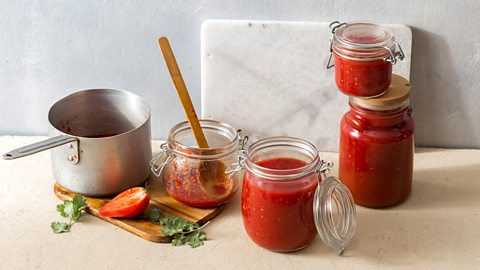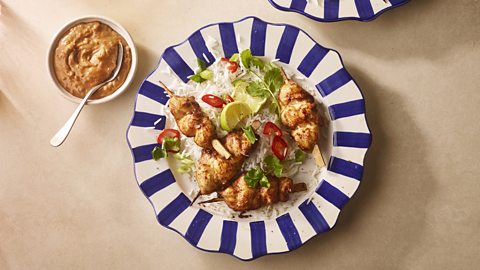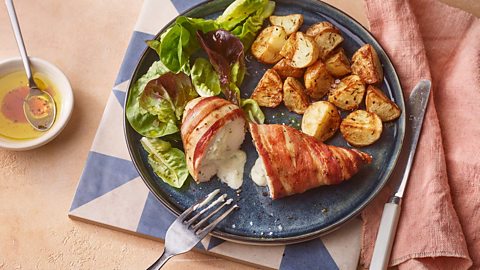How to embrace cooking for one
Unmotivated to cook just for yourself? Can’t bear the idea of sitting alone in a restaurant? Here’s what the experts say about finding the joy in solo dining
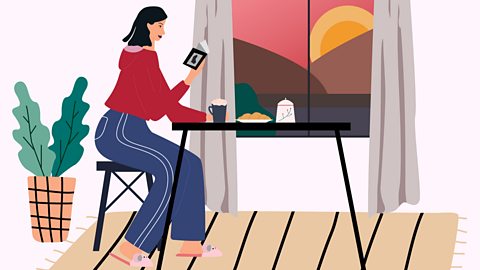
According to the Office for National Statistics, 8.3 million people in the UK live alone and a further 2.8 million live with other adults they’re unrelated to. Add to these numbers the many people who work different shift patterns to those they live with and there’s a lot of us who eat by ourselves on a regular basis.
Going it alone at mealtimes is hardly without its virtues too. You can eat whatever you fancy (without anyone else’s preferences to consider), as mindfully as you want at whatever time you feel like.
So why don’t we celebrate solo eating more?
“People say there’s a stigma around solo cooking and dining, as if enjoying a meal by yourself is somehow taboo,” says Signe Johansen, chef, food writer and author of several cookbooks including Solo: The Joy of Cooking for One.
“While there’s no doubt that sharing a meal with other people on occasion is important in fostering kinship and reducing social isolation, cooking for yourself can be both joyful and fun.”
From budgeting without giving up on flavour to advice on eating out by yourself, here’s how we can get the most from mealtimes spent in our own company.
See yourself as worthy of the effort
“We make an effort for other people when we’re entertaining, so why shouldn’t we do the same for ourselves?” Questions Johansen.
“As Nigel Slater once wrote: ‘Cooking for yourself is simply a matter of self-respect’. Framing this as an essential act of kindness to yourself, one that nourishes both your mind and body, can help banish that low feeling of ‘why bother?’, whether you’re going through a tough period or are just uninspired by the prospect of cooking for yourself.”
Woman’s Hour
Cook and food writer Signe Johansen shows how cooking for yourself can be one of life’s simplest and most therapeutic pleasures

Dr. Thuy-vy T Nguyen, associate professor in Psychology, Durham University, has carried out a lot of research into the benefits and impacts of solitude, including eating alone.
“What we hear from adults who live alone is that some think ‘because I’m just cooking for myself, I won’t put as much thought into it.’ Their meal may well end up being less elaborate or even low on nutrition,” she says.
“However, I do think it’s also important to recognise the participants who say that the cooking process is what makes solo eating fun. Cooking can become an empowering experience.
“Culture and norms shape how we feel, so if we can change our mindset and highlight that lots of people enjoy cooking and eating alone, it helps. Some of the negative feelings come because we tend to think no one else likes it and that it’s not ‘normal.’ But it really is.
Johansen adds that making simple extra efforts can be really rewarding: “I like setting the table with a lovely plate and a small posy of cut flowers, lighting a candle and choosing a beautiful glass when I cook and dine alone.
“As a Norwegian and a homebody, I like to make meals as hyggelig as possible.”
Leek and mushroom risotto
This comforting dish will fulfil all your hygge needs
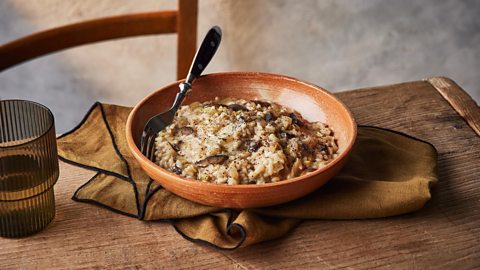
Enjoy the freedom it brings
“You’re free to cook and eat whatever you want, whenever you want,” explains Johansen. “Solo cooks can experiment more, try something new without fear of upsetting someone else’s delicate taste buds or having to consider another person’s dietary requirements.
“Even for an experienced cook, labouring in the kitchen for a crowd can sometimes feel performative and, in my experience, occasionally disappointing when all your hard work goes unnoticed or isn’t appreciated by those you’re feeding.
“As a solo cook, you’re the boss and you don’t have to answer to anyone else – that can be quite empowering.”
Three ways to make eating for one cheaper
Cooking for one can sometimes feel more expensive, but here are Johansen’s tips for bringing costs down.
1. Menu planning
“Pre-bagged produce designed for multiple people can be costly for a solo cook,” says Johansen. “I know it sounds boring, but judicious menu planning can make a real difference to a solo cook’s expenditure.”
2. Stock taking
“Adopt the practice that restaurants have to do all the time: conduct a fridge, freezer and cupboard inventory, perhaps on a seasonal rotation so it’s not too onerous an exercise. Then you know exactly what you have, what needs using up and what you need to buy to make it into a meal.”
3. Using shortcuts
“When budget is a concern, paying attention to reducing waste and taking shortcuts will keep costs down. Not every meal has to be made from scratch, nor does it need to be a gourmet experience. Adding a few spices and herbs to beans on toast is an economical and simple way to elevate an everyday meal.”
Meal plans for one
We have three meal plans for one, including vegetarian and vegan options
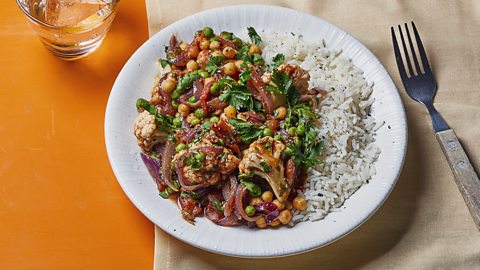
Must-have kitchen staples when cooking for one
These are the ingredients Johansen prizes when cooking single portions. They provide plenty of flavour and keep well (or are handily portioned) so won’t go to waste if you’re only using a small amount at a time.
- Pickles like sauerkraut and kimchi, both for flavour and crunch
- Dried Provençal herbs
- Dried spices (especially chilli flakes, cinnamon, cardamom and garam masala)
- Garlic
- Tins of legumes, tomatoes and oily fish, like sardines
- Jars of punchy condiments like harissa, mustard, miso
“Coupled with a few fresh ingredients from your local grocer or supermarket you can create a nourishing and delicious meal for one using some combination of the ingredients listed here. You don’t need a fully stocked, restaurant-style larder to create a great meal.”
Learn to feel confident eating out
“Women in particular have reported that when they do certain activities such as travelling or eating out alone, they feel judged a little more, perhaps because women in our society are still expected to be more relationship-oriented,” says Nguyen.
She advises: “Build yourself up to it. If you’re new to eating out alone, start with a café, a place where people sit alone with a newspaper.
“Then you could go to restaurants which have tables along the bar or window, which make solo eaters feel more welcome.
“When you feel ready for other restaurants, remind yourself that most other people aren’t judging. A lot of the time it’s self-imposed. You can also use props such as a book to shift your focus and make you feel more relaxed.”
Originally published March 2025
Want more? Visit BBC Food on Instagram, Facebook and Pinterest. Want to watch the latest Food TV programmes? Visit BBC iPlayer.
